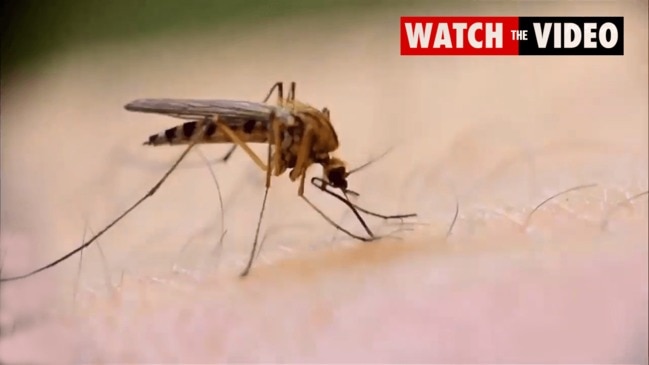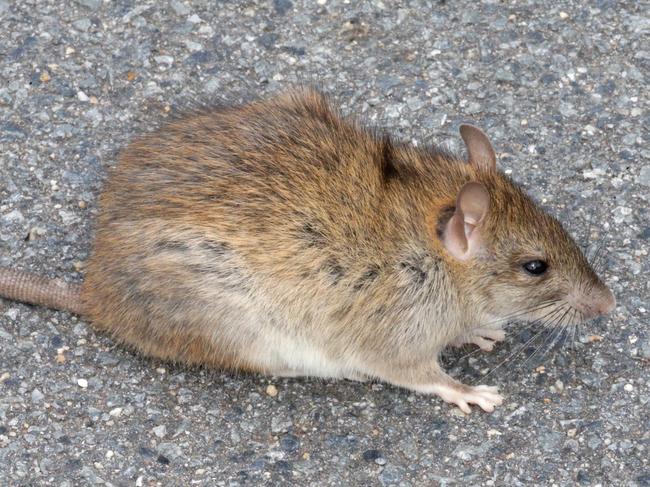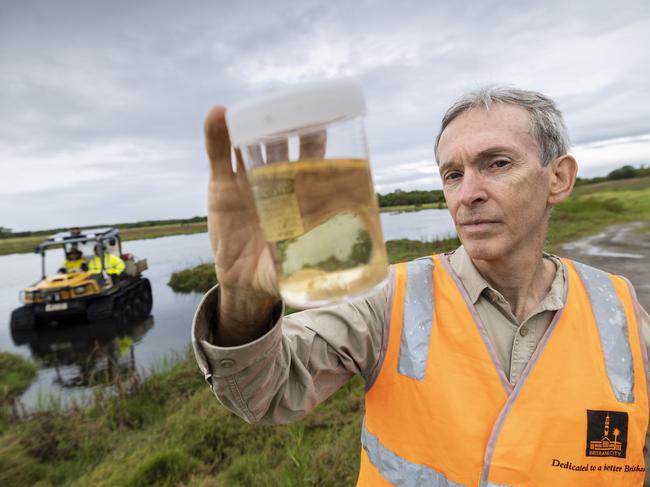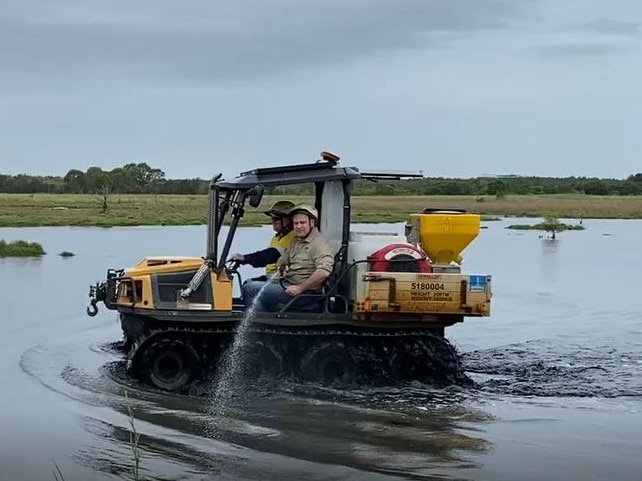La Nina creates ‘perfect storm’, ignites pest infestation, leads to new $5m mozzie task force
The La Nina weather pattern has created a perfect storm for pests, with experts saying it is the worst they have seen in 20 years.

QLD News
Don't miss out on the headlines from QLD News. Followed categories will be added to My News.
La Nina has ignited a pest infestation across Brisbane with experts saying the past year has been the busiest they have seen in decades.
The weather conditions have created the “perfect storm” for pests to come out in full force across Brisbane, according to Paul Macsporran, service supervisor from Pest Control North Brisbane.
“In the 20 years I’ve been in the pest control industry, I’ve never seen it so busy,” he said.
“The rain is forcing pests indoors and those that are already indoors aren’t leaving because of the wet weather.”
Mr Macsporran said across the board there have been more sightings including rodents, flying cockroaches, birds, termites and spiders in suburban houses.
“Termites need moisture to survive and the recent rain has meant they haven’t slowed down,” he said.
“Normally we start having termite call-outs in late November and they’ve come a month early now.”

The pest controller said although it was less common to spot rodents during winter because of the breeding season, the recent rain meant more rats and mice had headed indoors to try to stay dry.
This was also the case with flying cockroaches which were usually not spotted indoors until early December.
Mr Macsporran said spiders were also out in full force because of the surging presence of insects they feed on, as well as the increased heat, rain and humidity.
“It reflects what’s happening with the weather and I don’t see it dying down any time soon because the pest season generally starts from spring to May,” he said.
To avoid a local infestation, Mr Macsporran suggested washing floors with eucalyptus to fight against insects.
He also recommended planting herbs, such as lavender, sage and coriander, to help deter rodents.
La Nina, one phase of a natural cycle called the El Nino – Southern Oscillation, is a weather pattern that begins in the Pacific Ocean.
It occurs when equatorial trade winds become stronger, changing ocean surface currents, which results in a cooling of parts of the Pacific Ocean and causing more rain than usual to fall in Australia and nearby countries, according to meteorologists.

Bureau of Meteorology forecasters have said a third consecutive La Nina is underway, increasing the likelihood of above-average rainfall from now through summer in Eastern Australia.
The increase in wet weather also provides more breeding grounds for other insects such as mosquitoes, heightening the risk of people contracting mosquito-borne diseases.
But Southeast Queensland’s La Nina mosquito infestation will be targeted by a first-of-its-kind task force that will see local councils band together to address the issue.
The specialised task force works with mosquito specialists to spray large areas targeting the larvae of both freshwater and saltwater mozzies.
Brisbane City Council usually sprays about 1000 sites around the city across a 12-month period, but with the additional rain this year, there will be 2400 sites sprayed.
Lord Mayor Adrian Schrinner said it was the first time local councils had co-operated to fight against the growing mosquito infestation and put prevention measures in place.
“The thing that prompted us to start the task force across the councils in Southeast Queensland was the rise in Japanese encephalitis,” he said.

Major wetlands areas around Brisbane will be targeted including those that are regularly treated such as Tinchi Tamba, Brighton, Boondall, Nudgee, Murarrie, Tingalpa, Hemmant and Brisbane Airport.
“It’s a big city, we’ve got plenty of wetland areas and puddles of water and they all need to be monitored and treated. In an average week, we’re treating 1000 sites a week, but we’re geared up and funded to do more,” Mr Schrinner said.
The council has dedicated an initial $5m towards spraying local sites but has assured additional money will be allocated if needed.
Spraying will be done by small mobile ATV vehicles, trucks, 4WDs as well as aerial helicopter mosquito spraying for large wetland areas, Mr Schrinner said.
Entomologist for Brisbane City Council, Martin Schivas, said the team won’t use insecticides which kill all insects but rather an environmentally safe spray.
“We use BTI which is a bacterial product which the larvae have to eat to be killed, it’s specific to mosquitoes and it will only kill mosquito larvae. We don’t spray adult mosquitoes,” he said.


